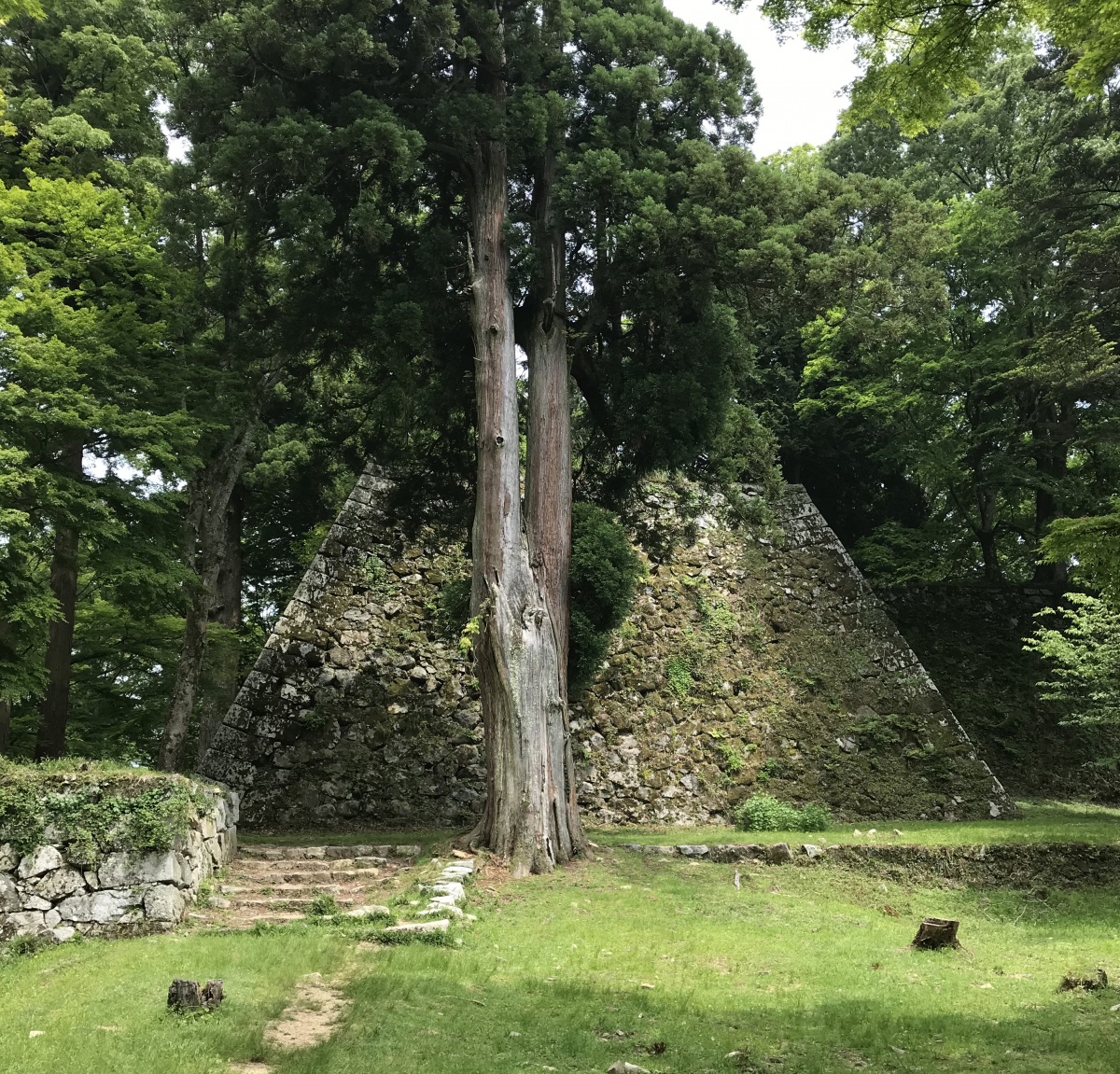5 More Fantastic Kansai Hikes
Autumn is the perfect season to go hiking in Japan thanks to the cooler temperatures and the beautiful colors of the fall foliage. Kansai has a wealth of interesting trails where you can escape the city and reconnect with nature—all while enjoying spectacular views! Here are some suggestions to inspire you for your next adventure in western Japan!
By Ashley OwenMount Hiei – Kyoto

Hieizan (比叡山), located northeast of Kyoto, is one of the city’s most sacred mountains. It’s home to Enryaku-ji, a sprawling temple complex that has been designated a UNESCO World Heritage Site. While it’s possible to reach the 848-meter (about 2,782 feet) summit via cable car from both the Kyoto and Shiga sides of the mountain, to really appreciate Hiei’s beauty you’re going to want to make the journey on foot.
There are a number of hiking trails you can take, and one of the best routes starts from Shugakuin Station. It takes around three hours from there to the peak, but allow extra time if you want to explore the temple once you get there. The detour is more than worth it, especially in the autumn when the surrounding momoji maple trees turn the area into a stunning collage of red.
Mount Maya – Kobe

One of the major peaks in Hyogo Prefecture’s Rokko mountain range, Mayasan (摩耶山) is known for offering what is considered one of the top three night views of Japan. To enjoy the view—day or night—you can take the Maya Viewline cable car and ropeway from Kobe city to the Kikuseidai Observation Platform. Alternatively, if you fancy taking the scenic route, you can hike up directly from Shin-Kobe Station.
Near the start of the trail you’ll come across Nunobiki Falls, a series of beautiful cascading waterfalls. After that, the path takes you up through the forest and towards the 698.6-meter (about 2,293 feet) summit. There’s little English signage on the trail, so it’s helpful to take a photo of the map at the trailhead before you start. At the top, you’ll find plenty of space to enjoy a picnic while drinking in the view!
Mount Kongo – Osaka & Nara

At 1,125 meters tall (about 3,691 feet), Kongosan (金剛山) is Osaka Prefecture’s highest mountain. There are trails running up from both the Osaka and Nara sides, plus a ropeway from the Osaka side that will take you most of the way to the top. However you get there, at the summit you’ll find a surprising number of attractions. These include shrines and temples, a museum, a campsite, and a play area and café, making it a really family-friendly day out.
As well as the autumn season, February is a popular time to make the climb thanks to the beautiful frost-covered trees known as juhyo. And if you’re up for a challenge, this peak is part of a longer 45-kilometer (nearly 28 miles) route known as the Diamond Trail that runs along the mountainous borders of Osaka, Nara and Wakayama.
Mount Takatori – Nara

This peak was once home to one of the largest mountain top castles in Japan: Takatori Castle. While much of it has now been lost to time, the imposing ruins that remain are well worth making the hike to the 584-meter (1,916 feet) summit of Takatori (鷹取山).
Beginning in the traditional town of the same name, the trail takes you up through a towering forest. As you get higher, you’ll start to come across vast, moss-covered remnants of the castle walls concealed amid the trees. At the top, the whole area becomes an atmospheric maze of foundations and crumbling staircases to nowhere. This hike is suitable for all abilities, so channel your inner Lara Croft and get exploring!
Takao to Hozukyo – Kyoto

If you prefer your hikes more horizontal than vertical, this is the route for you. It runs about 11 kilometers (nearly seven miles) through a mountainous area northwest of Kyoto, taking you from Takao all the way to Hozukyo Station. Before you begin, take the opportunity to visit Saimyo-ji temple and Jingo-ji temple in Takao before heading down to the banks of the Kiyotaki River.
From here the trail follows the course of the river, giving you spectacular views of the flowing emerald water and surrounding mountains. As you head toward the small village of Kiyotaki, there’s another optional detour that takes you through a pine forest to Kuya-no-Taki Falls and its associated shrine—definitely worth it if you have the time!




